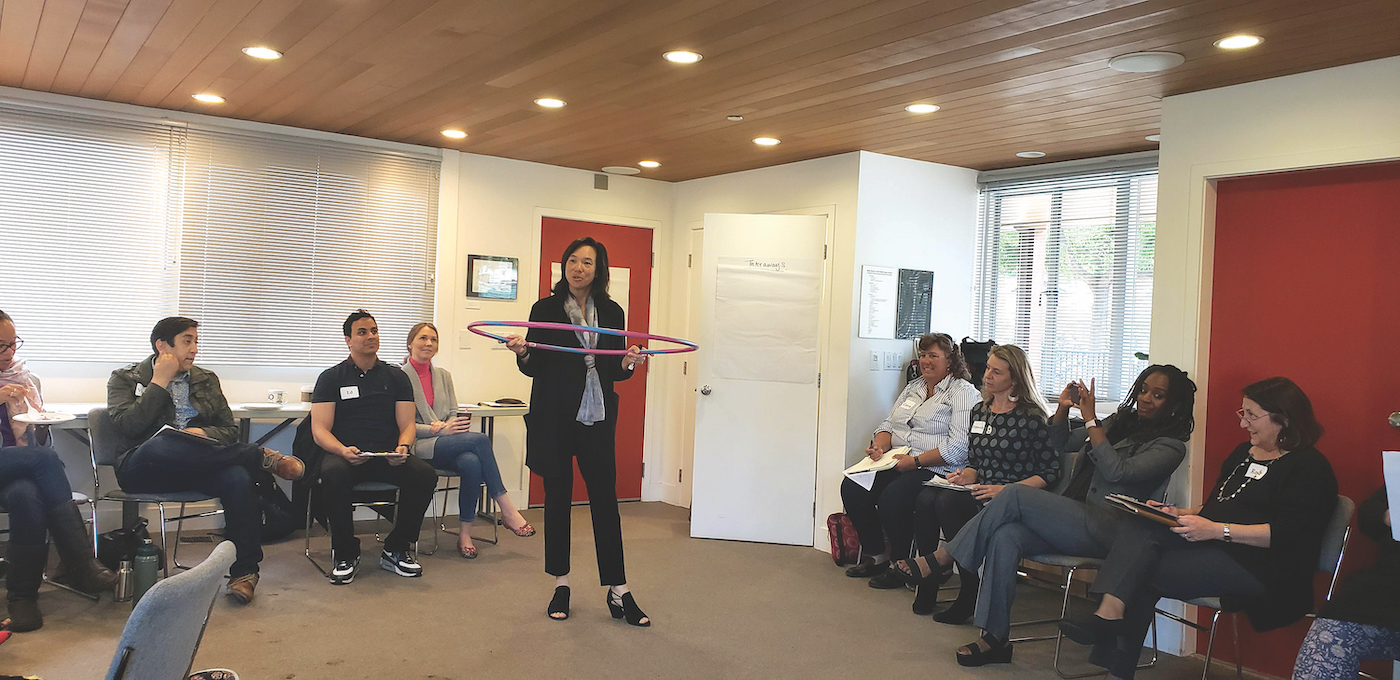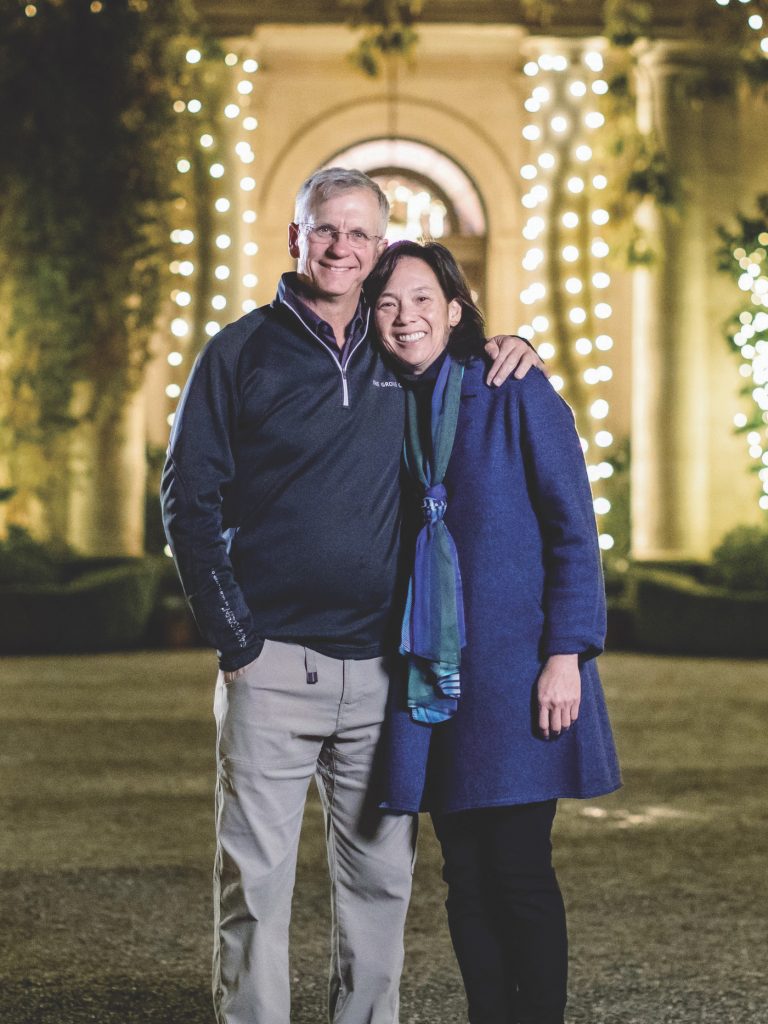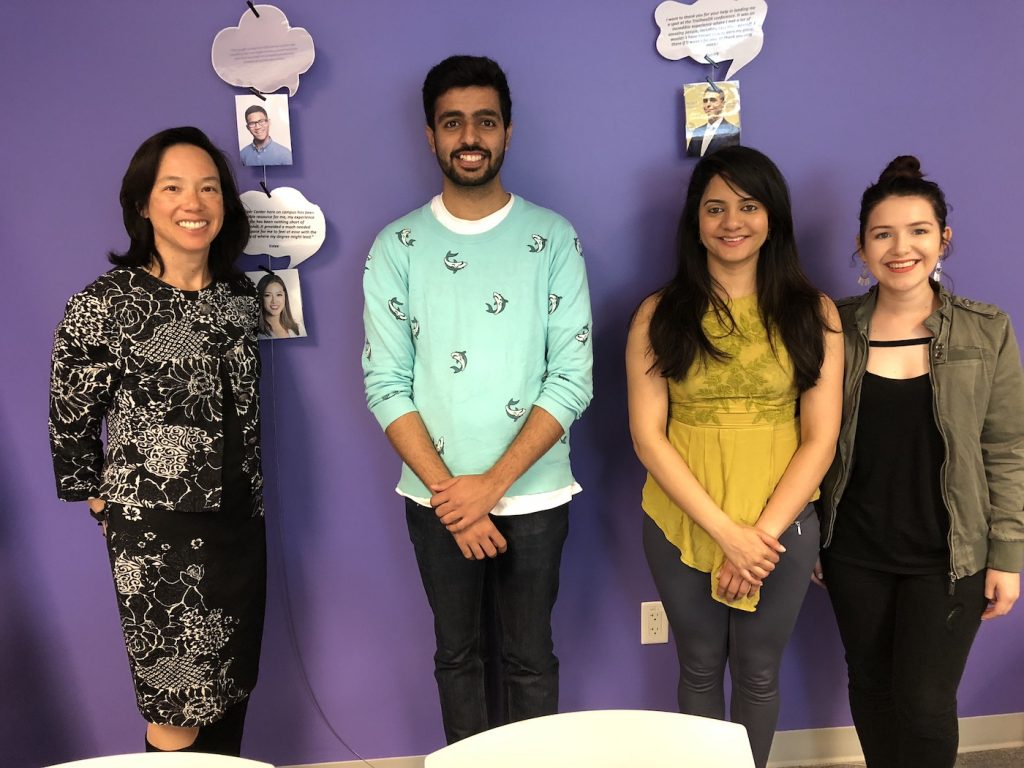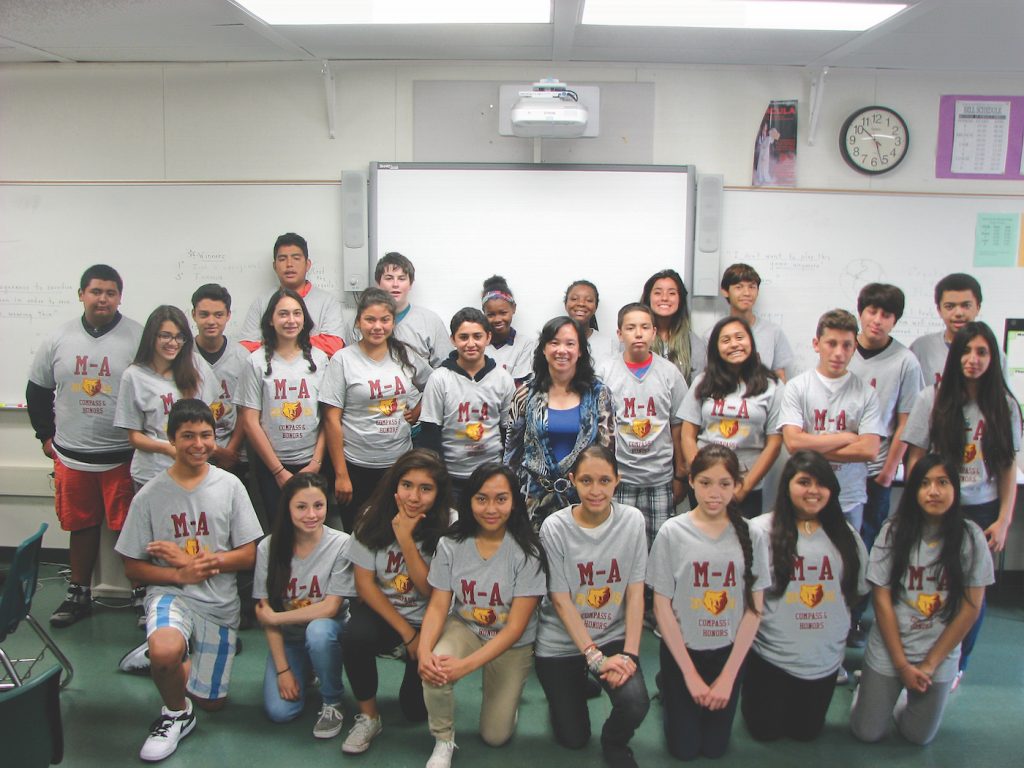‘You’re Not Going To Be a Philanthropist Forever’

It can be argued that philanthropy swears too much allegiance to the idea of perpetuity. That the charitable foundations bearing the names of those who have done well, and were generous with their wealth, should become living legacies.
This ethos denies what one Silicon Valley philanthropist – Kathy Kwan – recognized early: that today’s pressing challenges require charitable giving to exceed what the tax code requires, and that, as Kwan says, “perpetuity doesn’t really make sense.”
“I would love to see more philanthropic spend because if you look at the amount of money that is currently caught up in the investment firms, it’s way too much and that money would be good in the economy,” Kwan says. “If all those dollars are locked up in savings accounts, they’re not going through the economy. They’re not helping people.”

Kwan focuses on funding local organizations dealing with education, job training, and the social safety net. She also is a University of California, Berkeley Foundation trustee and a member of the Stanford Center on Philanthropy and Civil Society advisory board.
In the fiscal year spanning the pandemic, the Eustace-Kwan Family Foundation, which Kwan runs, expanded its giving by 40%. This is part of a larger strategy to spend down – give away – the last $17 million of its original $60 million endowment by the end of 2023.
For Kwan, who has written prolifically about philanthropy and has led efforts to ensure that donors based in Silicon Valley fund organizations there, philanthropy is a job she loves, but not necessarily a lifelong commitment.
The “wealth event” for Kwan, husband Alan Eustace, four-year-old Katelyn, and baby Emily happened in 2005 when the Google IPO increased their finances 200-fold.
Thrust into a world of estate planners and financial professionals, Kwan quickly recognized that she could either give her wealth away during her lifetime or lock it away for generations to come. She chose the former and quickly became adept in the art of giving.
We at The Giving List sat down with Kwan to understand her story better and hear her advice for those coming into wealth and the imperfect path of charitable giving. This conversation has been edited for clarity.
What became evident to you immediately following the wealth event?
You hire a wealth advisor, and suddenly the wealth advisor says to you, “You have to do something, you need to have an estate plan. You need to find ways to become more tax efficient.”
And so, we’re in the middle of the estate plan, and they ask us how much money we would like to give away to charity. And I was like, I can’t even imagine that. I’d rather give it away while I’m alive.
A lot of times you wouldn’t think to give away that much money, unless you’re given the option, that either you’re going to give the money to Uncle Sam or you’re going to give that money some other way.
And so that other way for you was to become a philanthropist. Before the IPO, you were a finance leader at Kaiser Permanente. You even helped design an internal grantmaking program there. How did you take that experience into this new world?
I spent a great deal of my time at Kaiser working on budgets, cost-benefit analyses, financial planning, and project management. These experiences really laid the foundation for how I think about funding.
First, I gained an appreciation for what it means to “execute to plan.” During the early stages of writing a grant, I’m asking my grantees: What are your goals and how do you plan to get there? Who’s going to lead the change? What’s your definition of success? How long do you need to implement the change? And what can I expect as a funder?
Second, I think about leverage and impact. Depending on the size of the grant and my level of commitment, where could my dollars be most impactful? For smaller grants, I might be more comfortable funding “core” operations through a general operating grant. For larger, longer grants, I gravitate toward efforts/initiatives that will help the grantee innovate, build capacity, change internal processes, or do something different. I don’t want to define the change, but I know from experience, restricted dollars mean the organization will focus leadership attention, manpower, and time on that initiative.

Finally, I cannot emphasize enough the value of the right leader in the right place. Time and time again, the best intentions are stymied by leadership issues, so I find myself asking a lot of questions: What type of leader is needed for this situation? Does this leader have sufficient skills and experience to execute the change? Where is the leader in the management hierarchy and does the leader have sufficient span of control and resources to execute the change? Is this leader committed to this goal and do they have sufficient bandwidth to make it happen?
You went as far as to support Stanford PACS in creating the Guide to Effective Philanthropy. What didn’t you expect when this journey began?
Like many people, I didn’t realize how hard it is to make philanthropy a meaningful and rewarding part of my life. I have shared on record that the first three to five years of my philanthropic career were terrible. (They just sucked!) No one told me what I was supposed to expect. I definitely had control issues and unrealistic expectations about the “significance” of me and my money – not to mention my husband and I were calibrating our unique giving styles. I’m quite sure I broke every donor rule out there.
But here’s the thing. If philanthropy becomes part and parcel of your life, it can be a rich and purposeful part of your life – it’s an opportunity to positively change the trajectory of people’s lives. You will meet great people and have a chance to be part of efforts that are bigger than you. That said, it takes work. For me, it’s like venture capital. You have to understand the landscape. You need to pick solid leaders. You learn how to find, pick, and support good organizations. Over time, you develop a point of view about what strategies lead to good outcomes and eventually you become confident about your giving decisions.
What key lessons do you have for those who are new to philanthropy? How can they make their giving both meaningful to them and strategic?
I think the most important thing for anyone new to philanthropy is to just start giving. Giving is hard and it takes practice. If you don’t start you won’t know how it feels, what gets you excited, and you might not ask the questions that will encourage you to give again.
Tactically, I have this philosophy that people will initially give to three to five organizations: their kid’s school, their alma mater, their church, and maybe one or two nonprofit organizations.

Moving past the first five, I might pick a focus area like climate change, preserving democracy, or early childhood education. From there, the donor might consider selecting one to two organizations where they fund at a high enough level to get visibility, like the $30,000 to $50,000 level. As part of this exercise, the donor might support something in the organization’s strategic plans, so that they can see if the organization can execute and build an effective working relationship.
Finally, given the moment, I might consider significantly expanding relief and safety-net spending. We are living through very difficult times, and most of our nonprofit partners are seeing increased demand and lower revenues. Name the topic and there is overwhelming need: housing, food insecurity, homelessness, racial justice, educational equity, and rent relief to name a few. Every philanthropic dollar has the potential to do a lot of good and will make a difference in the community.
While many charitable foundations were conservative through the pandemic, you took a very different approach. What is one important lesson you take from those crazy days?
The power of the match. If you put up a big enough number, people will follow.
Like many funders, I participated in the annual giving program at my daughter’s university. When COVID hit, I asked the team at Tufts if they would like me to accelerate my planned grants. As the conversations evolved, I made a commitment of $1 million. Then, seven members from the foundation board put up another matching million. Over the summer, Tufts uses the $2 million to launch an emergency scholarship fund and raises another $2 million. So, in total, the university raised $4 million – all of them for students that were economically struggling.
Then, I’m in conversations with Berkeley, and they encourage me to make a similar commitment. A month later, Cal uses the gift to kick off its GivingTuesdayNow drive and raises an additional $1.7 million.
So, here’s what I learned: Especially during crises, matches matter. They “shine the light” on big issues and they signal that this issue is important enough for someone to make a big dollar commitment. People feel good about lending a hand. More than 3,000 donors contributed at Tufts and another 2,000 individual donors participated in Cal’s fundraising drive. You never know who’s going to come out of the woodwork to help.
Why have you eschewed “perpetuity” in favor of giving all the Eustace-Kwan Family Foundation’s money away?
I think everyone needs to realize that philanthropy is not a job, but sometimes it’s like a job. Most people don’t stay in the same job for 15 years. And so, I think it’s OK for me to say, I’m going to be done.
While I have thoroughly enjoyed my philanthropic journey, my parents are getting older. My kids are getting older. Hopefully I’ll be a grandmother and I can move on to the next chapter of my life.
And so right now, we’re putting as much money as we can out there. The need is super great, and dollars today matter a lot.
You’re not going to be a philanthropist forever.
